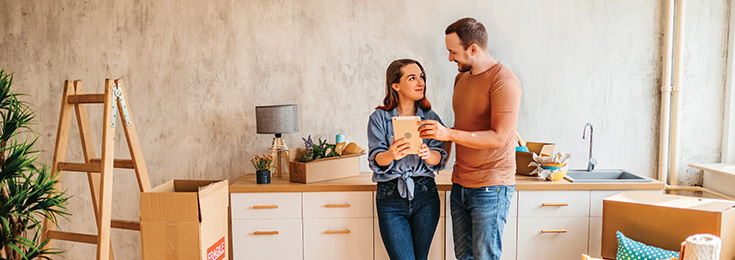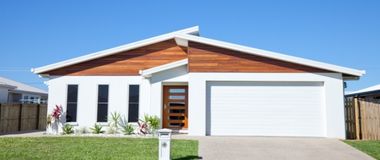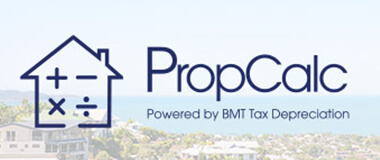Substantial renovations: The key to maximising depreciation on plant and equipment
Investing in residential property comes with many financial benefits, but it also involves navigating complex tax rules. Among these is claiming depreciation deductions on plant and equipment assets under Division 40 of the Income Tax Assessment Act 1997 (ITAA 1997). Division 40 covers the rules around claiming depreciation for assets that are easily removable or mechanical in nature such as appliances, carpets and blinds, which depreciate in value due to wear and tear over time.

Significant changes announced in May 2017 in the Federal Budget reshaped how investors could claim these deductions, particularly for second-hand properties.
Before 1 July 2017, investors could claim depreciation on plant and equipment regardless of whether the assets were new or second-hand. After this date, investors purchasing residential properties with pre-owned assets like carpets, blinds or appliances, can no longer claim depreciation on these assets if they were used by the former owner or tenants of the property.
Depreciation can still be claimed on new plant and equipment purchased and installed by the new owner of the rental property, even if the property itself is second-hand.
Properties purchased by an investor and classified as 'new residential premises' due to 'substantial renovations' remain eligible for depreciation deductions on plant and equipment.
When is a property deemed 'substantially renovated' and therefore eligible for these deductions?
The A New Tax System (Goods and Services Tax) Act 1999 (GST Act) - SECT 40.75 ties into property investment by defining 'substantial renovations' and how properties are classified for GST purposes. This classification directly impacts depreciation claims under the ITAA 1997.
Substantial renovations involve changes that affect the essential structure of a property, like foundations, walls, floors or roofs. A complete kitchen or bathroom upgrade also contributes to a substantial renovation, however cosmetic upgrades alone, such as painting or replacing fixtures, do not qualify.
A property classified as 'new residential premises' due to substantial renovations can bypass the second-hand depreciation restrictions under the ITAA 1997, which allows investors to purchase the property and claim Division 40 deductions for plant and equipment as though the property were new.
Owners who carry out substantial renovations allow a future investor to claim tax deductions on new plant and equipment installed during the process, which will increase cash flow. Importantly, owners planning to sell after completing qualifying substantial renovations must avoid occupying or renting the property before the sale, to ensure the plant and equipment remain classified as new and not second-hand. For investors, substantial renovations offer a pathway to unlock depreciation benefits while adhering to ITAA 1997 and GST classifications.
Commercial properties and residential properties bought in a company name, remain eligible for depreciation claims on both new and second-hand plant and equipment and are not affected by these amendments.
Due to the complex nature of these revisions, we suggest contacting a depreciation specialist like BMT Tax Depreciation, who has expert knowledge of these changes in tax ruling or request a quote on your residential or commercial investment property by calling 1300 268 628.



























